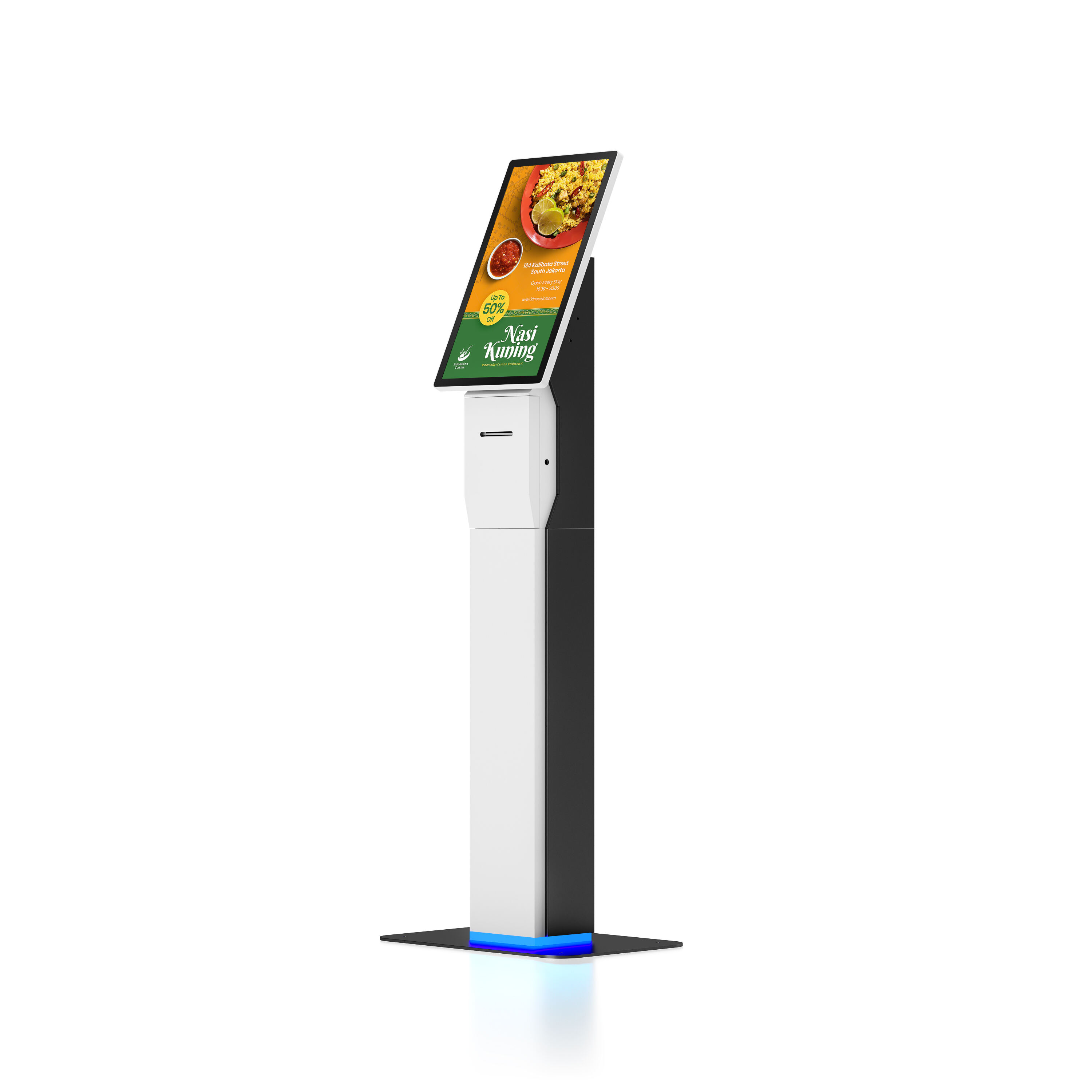
The landscape of customer service is rapidly evolving, and self kiosks are leading the charge in revolutionizing how businesses handle high-traffic scenarios. These automated service points have become increasingly sophisticated, offering an unprecedented level of convenience and efficiency in various settings from airports to retail establishments. As foot traffic continues to surge in busy locations, organizations are discovering that implementing self kiosks can significantly streamline operations while enhancing the customer experience.
Modern consumers value speed and autonomy in their interactions with businesses. Self kiosks address these preferences directly by providing instant access to services without the need to wait in traditional queues or depend on staff availability. This transformation in service delivery is particularly crucial in environments where managing large volumes of customers efficiently can make the difference between success and failure.
When implemented effectively, self kiosks can dramatically reduce operational costs while maximizing resource utilization. By automating routine transactions and basic customer service tasks, businesses can redirect their human workforce to more complex and value-adding activities. This strategic reallocation of resources not only improves overall operational efficiency but also contributes to significant cost savings in the long run.
The initial investment in self kiosks often pays for itself through reduced staffing requirements and increased transaction capacity. Organizations typically report substantial decreases in operational expenses within the first year of implementation, while simultaneously handling higher customer volumes more effectively.
One of the most significant benefits of self kiosks is their ability to minimize wait times in high-traffic areas. By providing multiple service points that can handle simultaneous transactions, these systems effectively distribute customer flow and reduce bottlenecks. Customers appreciate the ability to complete their transactions quickly and efficiently, leading to improved satisfaction levels and increased loyalty.
The autonomous nature of self kiosks also eliminates the variability in service quality that can occur with human interactions. Every customer receives the same consistent, professional service experience, regardless of the time of day or how busy the location might be.
Successful deployment of self kiosks begins with careful consideration of placement and traffic patterns. Strategic positioning ensures maximum visibility and accessibility while maintaining smooth customer flow. Businesses must analyze peak traffic times, customer behavior patterns, and space utilization to determine optimal kiosk locations.
Advanced analytics and heat mapping technologies can provide valuable insights into customer movement patterns, helping organizations optimize kiosk placement for maximum efficiency. This data-driven approach to implementation ensures that self kiosks serve their intended purpose of reducing congestion and improving service delivery.
The success of self kiosks heavily depends on their user interface design and accessibility features. An intuitive, user-friendly interface ensures that customers of all ages and technical abilities can complete their transactions with minimal assistance. Clear instructions, simple navigation, and multiple language options are essential elements that contribute to higher adoption rates.
Accessibility considerations must also include physical design aspects, such as screen height, touch sensitivity, and accommodation for users with disabilities. These factors play a crucial role in ensuring that self kiosks truly serve all members of the public effectively.

Implementing self kiosks is just the beginning - measuring their impact through carefully selected metrics is crucial for ongoing optimization. Key performance indicators might include transaction completion rates, average service times, customer satisfaction scores, and system uptime. Regular analysis of these metrics helps organizations identify areas for improvement and justify further investment in self-service technology.
Advanced analytics capabilities built into modern self kiosks provide valuable insights into customer behavior and preferences. This data can inform decisions about service offerings, interface updates, and expansion strategies.
Regular maintenance and system updates are essential for ensuring consistent performance and reliability of self kiosks. A proactive approach to maintenance helps prevent downtime and ensures that the technology continues to meet evolving customer needs and security requirements. Organizations must develop comprehensive maintenance schedules and update protocols to protect their investment and maintain high service standards.
Software updates should be regularly deployed to add new features, enhance security, and improve the user experience. These updates help keep the self-service system current with changing technology standards and customer expectations.
Self kiosks provide significant advantages for retail stores, restaurants, airports, healthcare facilities, and any high-traffic location where routine transactions or services are common. They are particularly valuable in environments where speed and efficiency are crucial to customer satisfaction.
Most businesses begin to see return on investment within 12-18 months of implementing self kiosks, depending on factors such as transaction volume, operational costs, and initial implementation costs. Higher traffic locations often see faster ROI due to greater utilization and efficiency gains.
Modern self kiosks incorporate multiple layers of security, including encrypted transactions, secure payment processing, physical security features, and regular security updates. They comply with industry standards for data protection and often include features like automatic session timeouts and privacy screens.

Copyright © 2025 Shenzhen YJCen Technology CO.,Ltd. All rights reserved. - Privacy policy